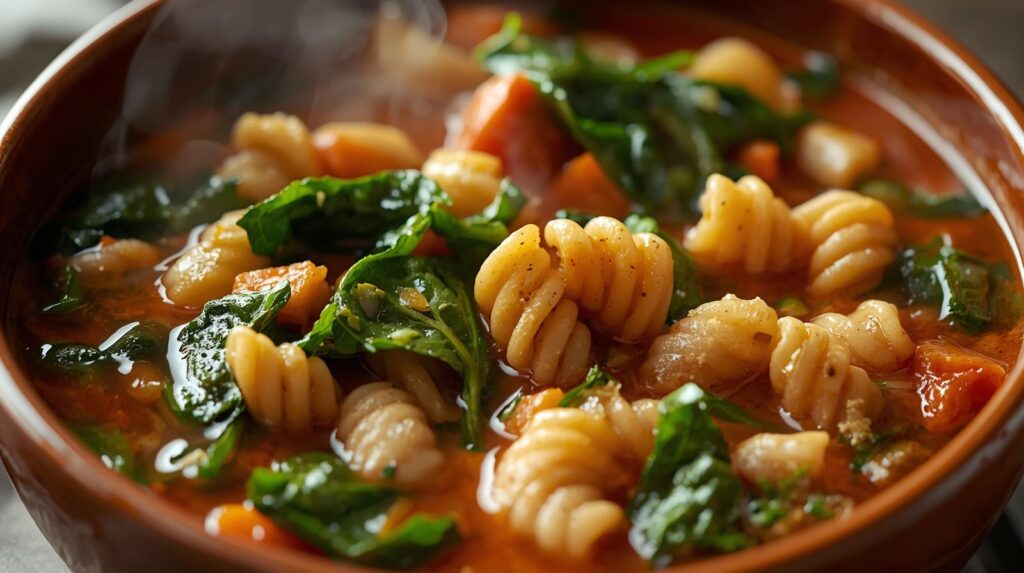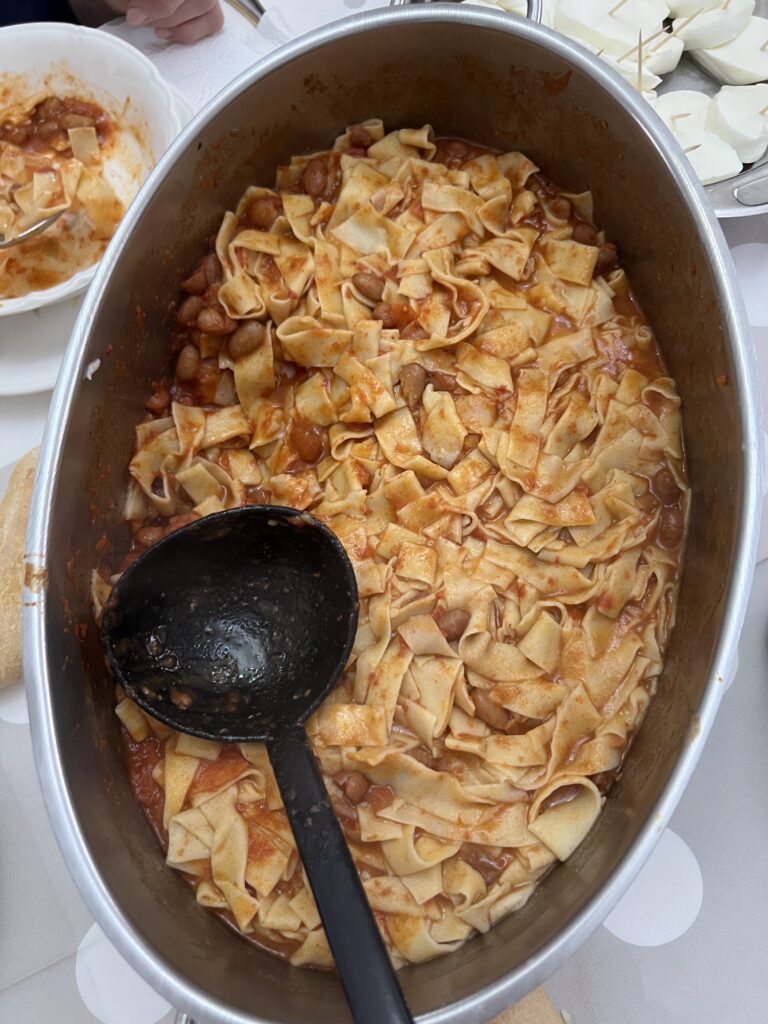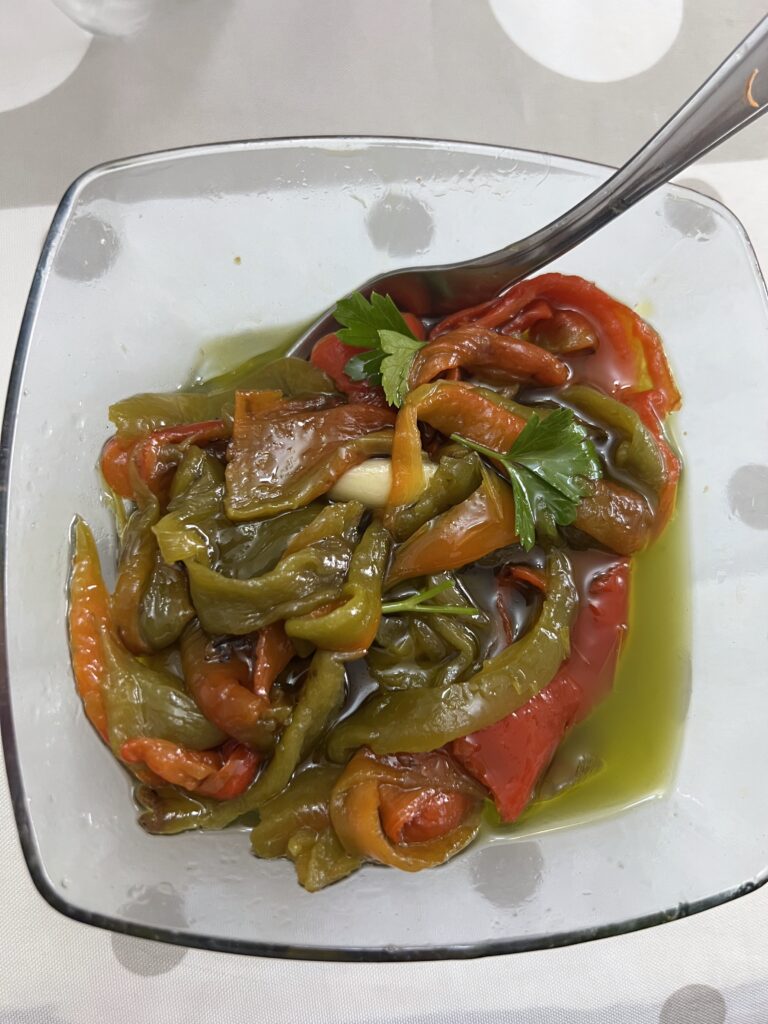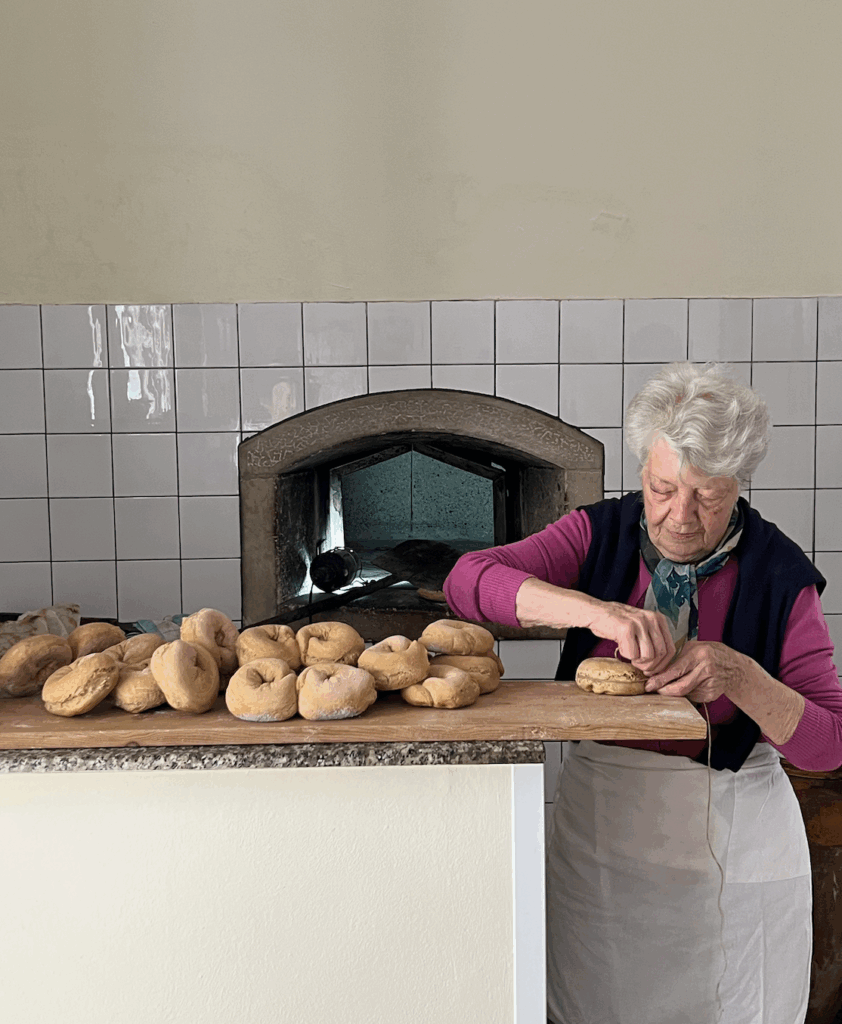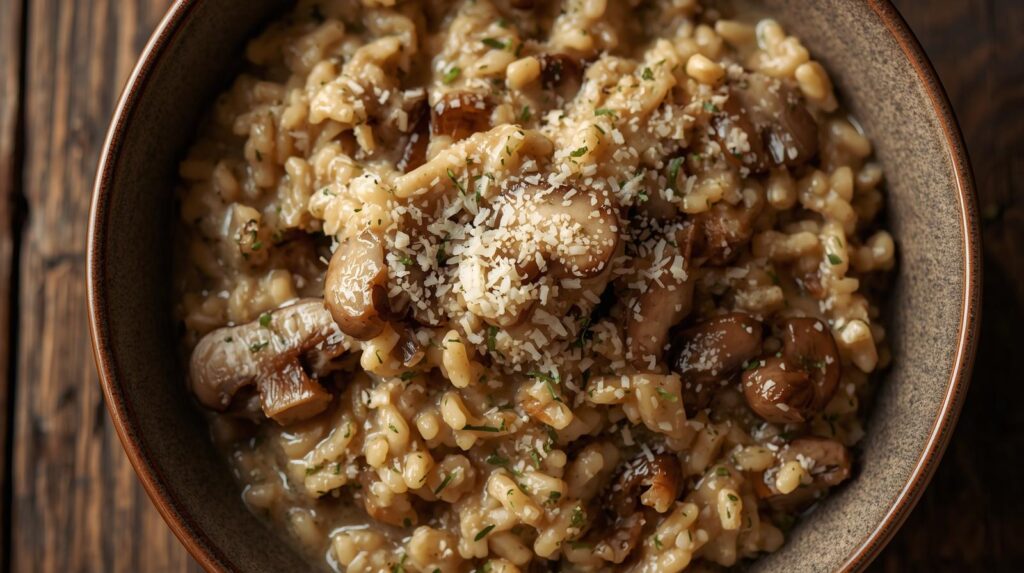My family have been lucky enough to have a home in Corfu for over 50 years, and I’ve got lots of
good memories of the island. When Michaella asked me for a recipe for the website this week, I started digging around in folders that haven’t been downloaded in years and came across this one. High summer always means Greek cooking for me. I hope you enjoy this story and feel inspired to make this dip yourself.
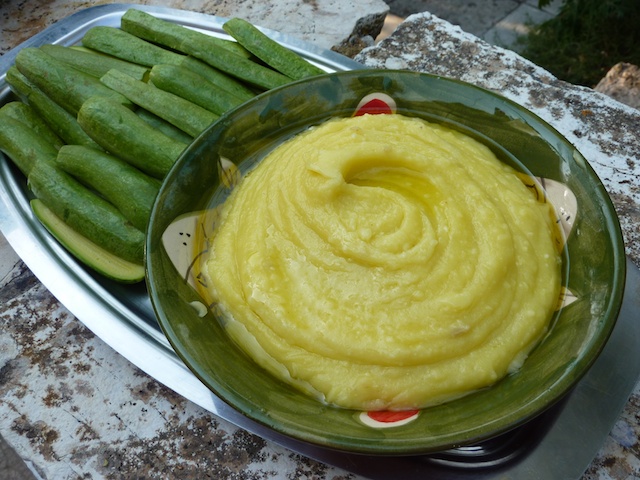
The vegetable market in Corfu Town has been settled into its ‘Health and Safety Compliant’ sheds for
a good decade or more now. It took ages for traders to move back in thanks to the rates the council
wanted to impose. It’s a similar scenario all over Europe.
The local market gardeners have been squeezed out; now all you have left are the importers, the grocers selling hydroponically grown tasteless vegetables imported from some anonymous giant greenhouse.
Thankfully there’ll always be the hardy few. I remember with fondness, Eleni and her daughter
Irena, who used to grow produce in Pelekas. Once I was about to leave the market without buying anything, but Eleni hustled me into a conversation. (Conversation is too grand a word for what happened, I keep inadvertently speaking Italian not Greek so she tried her version and
between us and confusion reigned.)
So that is how I had my first encounter with vlitra. It’s a type of horta, wild green, except that it isn’t often found in the wild, but volunteers in the veg patch. I think it’s amaranth – and if you know anything more about it, please let me know!
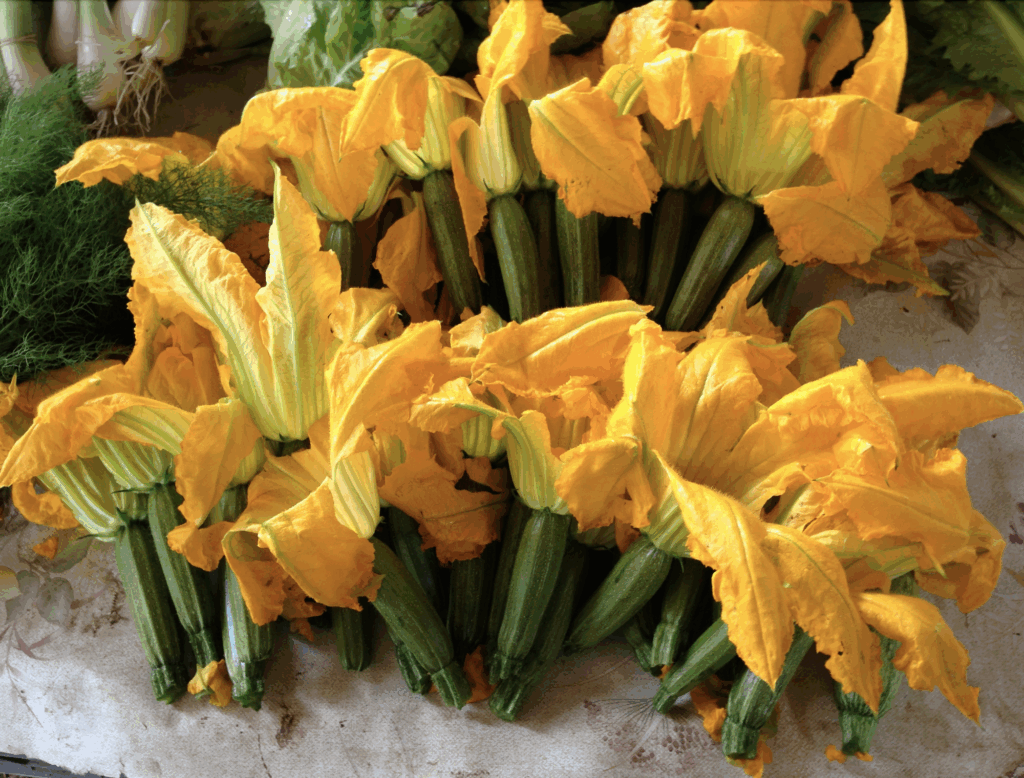
Anyway, Eleni’s method of serving vlitra – or spinach when it comes to the rest of us – is to blanch
the leaves, drain thoroughly, and then dress them in gorgeous greek extra virgin olive oil and lemon.
So far, so standard; but she also liked to boil whole little courgettes and whole new potatoes and
serve these three vegetables with skorthalia, the famous greek potato and garlic dip. The beautiful, bright flowers can also be used in cooking. Many of our nonne stuff them with cheese, or deep-fry them into fritture. In fact, Antonia’s recipe for cardoons can be easily adapted if you want to give it a go.
Anyway, back the the garlicky goodness of Skorthalia! Eleni’s idea of serving this with courgettes is excellent – I took note, quizzed her on the process, and created my own recipe based off her advice.
Another variation, a preference of my brother’s local accountant, is to add 2 slices of 3 day old bread, crumbed, to the potatoes in the food processor. He adds even more garlic and treats himself to this dish every Friday so that his breath has two days to recover before meeting clients on Monday.
For the full recipe and instructions on how to make Skorthalia, click here. And to explore more our of team kitchen creations, plus secret granny kitchen recipes not on Youtube or in the books, you browse here.
